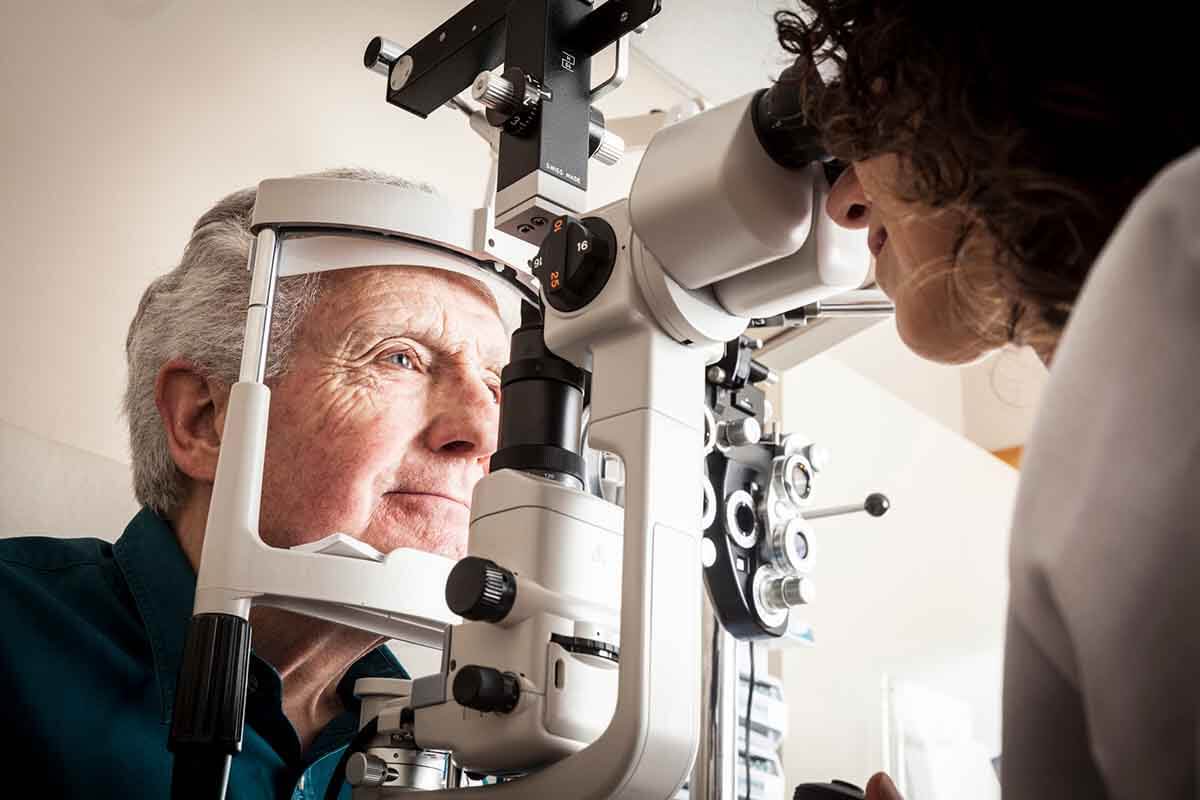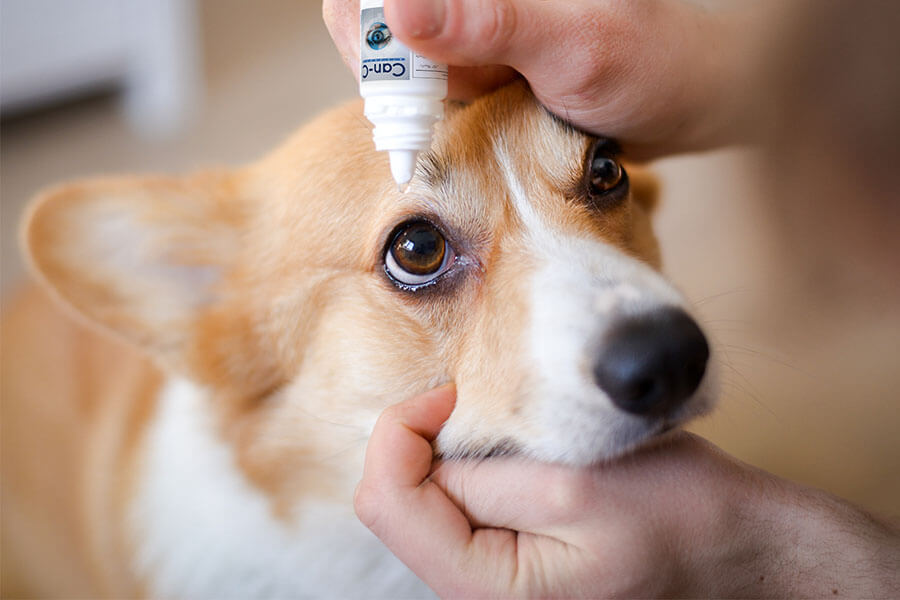April is Women's Eye Health and Safety Month - click here for FREE healthy vision tips
Category: Eye Health News
How do Can-C™ (N-Acetyl-carnosine) eyedrops actually work?

Researchers found the healthy eye contains high levels of the natural antioxidant carnosine. Interestingly the eyes of those suffering from degenerative ocular diseases such as cataracts were found to be grossly deficient in this essential ocular antioxidant.
N-Acetyl-Carnosine (Can-C™) Eye Drops – The Cure For Cataract? A Doctor’s Point of View

Study results showed an effective rate of 100% on primary senile cataract (i.e. all patients experienced an improvement). For those with cataracts the longest, in some cases more than 20-years, the effective rate was still an extremely impressive 80%.
What can you do to save your aging pet’s eyesight?

Just like us, our pets develop health issues and often experience vision problems as they age. Dogs in particular are known to develop eye diseases. Underlying conditions such as diabetes can cause eye diseases, such as glaucoma and cataract.
Tips to apply Can-C™ Eye Drops To Your Dog’s Eyes

The application of eye medications to your dog can be a daunting task for both pet and parents at first. Follow these canine application tips to make administering these all-important drops a regular part of your pet’s eye care treatment plan.
Your Dog’s Vision Matters: The Ultimate Guide to Maintaining Eye Health as They Age

The application of eye medications to your dog can be a daunting task for both pet and parents at first. Follow these canine application tips to make administering these all-important drops a regular part of your pet’s eye care treatment plan.
Animal Clinical Trials Prove Can-C™ Safe and Effective “A new phenomenon of “melting snow” in 96% of canines in only a few weeks…

These studies produced remarkably fast results in the improvement of clarity, glare sensitivity and overall vision for the animals involved. Furthermore, no serious side effects were noted and the beneficial affects were sustainable.
Four tips to protect your eyes from the cold weather

While UVB rays, the primary cause of sunburn, are at their strongest in the summer, people who venture outdoors need to safeguard their eyes from exposure to UV light year-round, says the American Academy of Ophthalmology (AAO)
Defy Age, Feel Your Best: Unlocking the Power of PEA for a Vibrant Life

Aging is inevitable, but feeling old is optional. True age-defiance goes far beyond erasing wrinkles. It’s about feeling energized, engaged, and empowered to live life to the fullest at every stage.
Fighting Age-Related Memory Decline – Your Brain Health Solution

Do you ever find yourself struggling to remember names, misplacing everyday items, or having difficulty focusing? You’re not alone. As we age, maintaining optimal cognitive function becomes increasingly crucial. Fortunately, advancements in nutritional science offer potential solutions for supporting brain health and enhancing cognitive performance.
Safeguarding Your Eyesight: A Practical Guide to Diabetic Eye Health

Diabetes can significantly impact your eye health, increasing the risk of severe vision problems and even blindness. However, with proactive care and a focus on early detection, you can take control of your eye health and preserve your precious eyesight.
Rediscover the Joy of Movement with JointPro™ Peptide Cream

Remember when you could move freely without wincing? When reaching for that top shelf or going for a walk wasn’t a painful ordeal? Imagine waking up each morning, ready to tackle the day without the burden of aching joints or limited mobility. With JointPro™ Peptide Cream, this can be your new reality.
Discover the Surprising Reason Why Women are at Higher Risk for Eye Disease and Learn Simple Tricks to Keep Your Eyes Healthy Now!

Did you know that women are more susceptible to eye conditions such as cataract and glaucoma than men? According to the National Eye Institute, two out of every three people living with blindness or vision problems are women.

